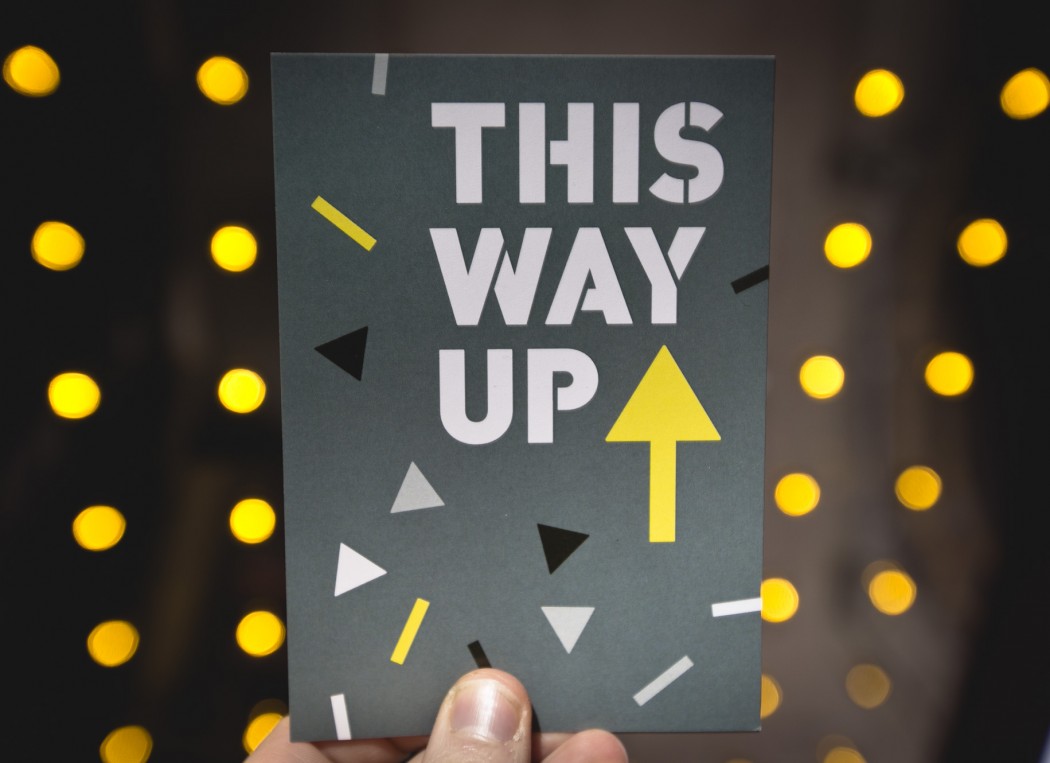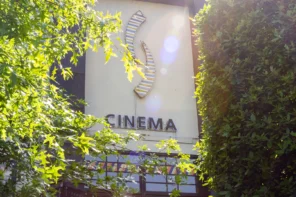After a full two days of inspiring, innovative and stimulating talks, panels and presentations, here’s a quick round-up of what’s really stuck with us from This Way Up 2016, and it’s all about diversity, access and experience.
Dawn Walton’s keynote continues to resonate: after attending panels on pricing, formats, good design and wondering how we market efficiently in an age of abundance, it all boils down to a business of experience and “whether or not what you do is any good”.
Moving beyond the usual argument over photochemical vs digital formats, filmmaker Mark Jenkin, Film Manager at the National Media Museum, Kathryn Penny, Richard Marples from Barco, and technician David Boyd from CMI, discussed the relationship between technology and audience experience. The most significant thing that came out of the panel was that we don’t really understand what formats mean to audiences; we don’t currently have the data, quantitative feedback or direct engagement with how much or how little a role it plays in why they come to our venues and events. Not, at least, beyond knowing that a specialised cinephile audience do care and that, yes, Quentin Tarantino is popular enough to get bums on seats for 70mm. We need to listen to our audiences.
In The Editorialists, we learnt that criticism isn’t just in trouble, it’s estranged from the industry, too. Most people in the room were unaware of Keyframe Daily (at Fandor), who David Hudson writes for, rounding up festival news and writing reports that give a wholistic view of opinion and analysis on films. Meanwhile, Nick James doesn’t see the connection between criticism and industry as important at all,
I don’t really care how many people come to see the films, that’s not really my job, that’s your job.
And for Hannah McGill, criticism should only be “political in a soft way”. So, while production and exhibition are feverishly trying to improve access and engagement, with diverse and younger audiences in particular, traditional print media is defending its mandate.
James did say that diversity is improving with more women and BAME writers than before, but also that he is concerned about a new culture of “feelings and emotions” instead of what he called “logical analysis”. And though James highlighted the publication’s responsibility to be a “journal of record”, after having merged with Monthly Film Bulletin in 1990, they are no longer able to keep up with their remit. Has abundance squeezed print journalism out of relevance?
In the Parental Guidance session we learnt that the industry has a very long way to go if it’s going to become friendly and accessible for parents and carers. Raising Films, who gather stories and experiences, work with stakeholders and policy makers to allow professional development and break barriers, reiterated what keynote speaker Johanna Koljonen said in the morning: we have to humanise the industry – we are, after all, in the business of humaning.
This Way Up 2016 had a strong message about how we approach what we do:
- Abundance is a challenge, but we are curators
- We are in the business of humaning, and should approach our audiences as people
- We are offering an experience, so we’d better make sure it’s of a high quality
- We have to become friendlier, more accessible and inclusive – in attitude as well as service design
- Providing an excellent experience is a continual process – keep at it!
Written by Tara Judah for The Bigger Picture. Keep up with everything from This Way Up on Twitter with @thiswayupcon @bigger_pict #ThisWayUp16 #biggerpicture
Photograph courtesy of Eoin Carey.





